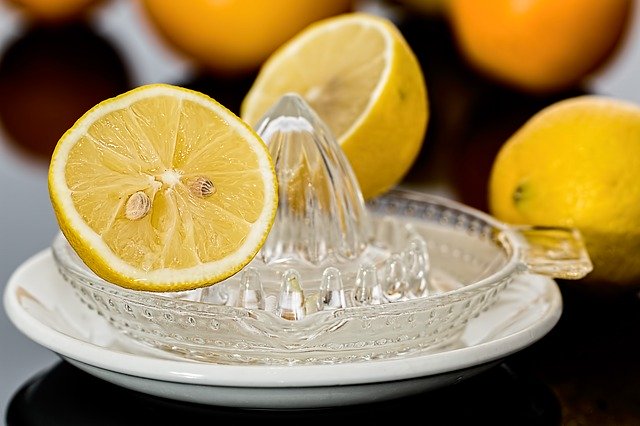When you think of mold getting into your home or causing health problems, you may also wonder why it even exists. Sure, you might flippantly admit that it is all part of the bigger picture, but you’re probably still irritated at its existence. In reality, mold is good for some things. It’s just not good to have a mold infestation in your residential or commercial building.
5 Things For Which Mold is Good
- Decay: The best thing about mold is that it enables decay, which means fall leaves that fall onto the ground are broken down for nutrients and compost. Garbage heaps are metabolized, and they go away (eventually). The breakdown of all biodegradable materials is enhanced greatly by mold, which makes it a very important part of the ecosystem.
- Cheese: Many cheeses use mold to mature and develop flavor. It is well-known that blue cheese uses mold to get its pungent flavor that is loved by many but also hated by many.
- Penicillin: A mold called penicillium creates the antibiotic called penicillin, which has been used many times to save lives since it was discovered in 1928.
- Wine: Not all wine includes mold in its creation, but many wines are made from moldy grapes. It is what makes them so sweet.
- Citric Acid: A natural preservative, citric acid is found in citrus fruits and naturally occurs. However, it is such a good preservative that it is now created commercially by feeding sugar to black mold. Black mold is considered toxic in multiple lawsuits and may be responsible for the deaths of many individuals who have succumbed to subsequent illnesses. It is touted as safe by food manufacturers, but some people claim it is toxic. You may want to read your labels on canned foods, and determine whether or not you want to ingest citric acid. In either case, the natural versions found in citric fruits are not considered dangerous.
Mold exists at some level in nearly all locations inside and outside because spores can travel by wind or on the surfaces of clothing, shoes, and other items. It may enter a building, but it needs to stop growing there. This can be achieved by ensuring the area has low humidity and good ventilation. It is not something to fear because it can be controlled, but if you have an out-of-control infestation, you should call a mold removal specialist.
